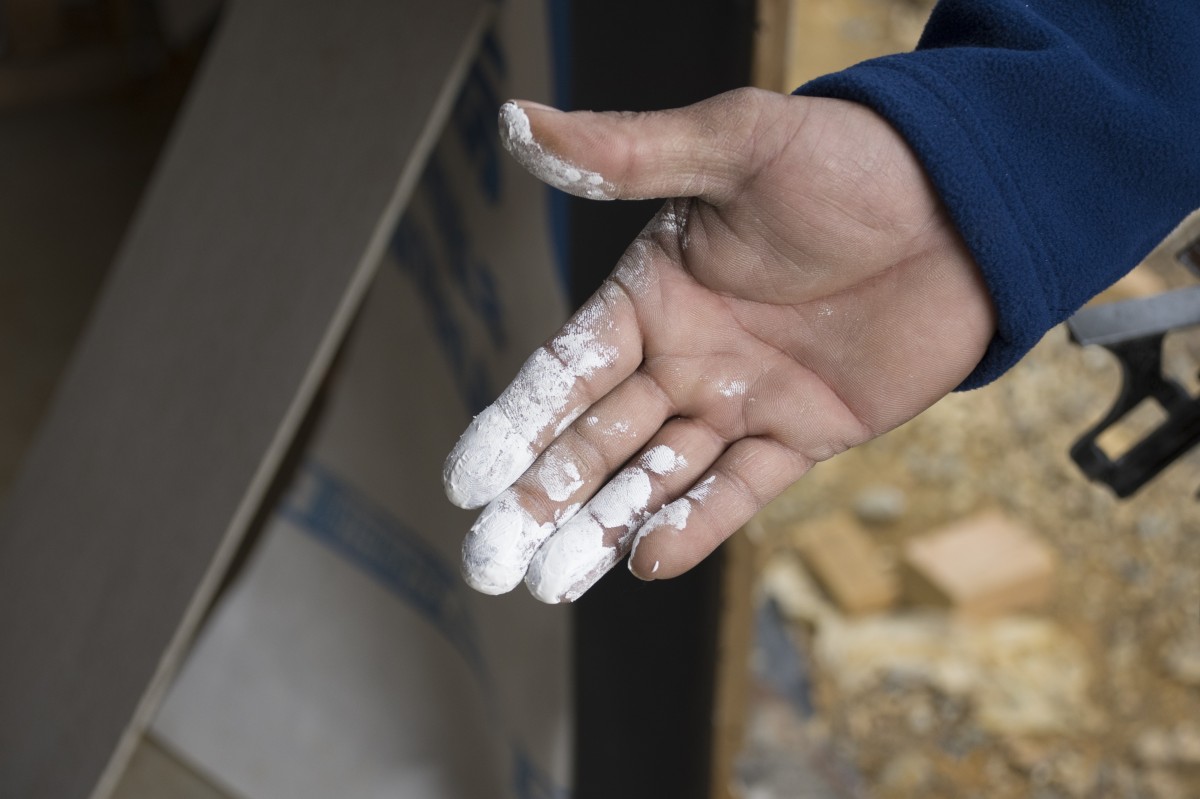Working with organic solvents
16 Apr 2019, Learn, Prove Your Know How, Safety

Recent fatalities surrounding the use of organic solvents prompted WorkSafe to release a safety alert highlighting the serious health and safety risks when using such chemicals
In two separate events, WorkSafe believes two workers fell unconscious due to acute exposure to organic solvents. Both workers later died.
In one case, the worker was applying a UV treatment to windows; in the other case, the worker was applying adhesive while laying carpet. Both the UV and adhesive contained organic solvents.
These examples show the high risk for workers when there are no safety procedures in place to control the risk of organic solvents in enclosed spaces with insufficient ventilation and lack of personal protective equipment (PPE).
In such environments, short-term exposure to very high levels of organic solvent vapours can cause headaches and dizziness or light-headedness, progressing to unconsciousness, and even death.
Things to know
Organic solvents are known to be found in:
- Adhesives (cyclohexane, acetone, toluene).
- Paints and lacquers (toluene, xylene, methyl ethyl ketone).
- Degreasers (trichloroethylene, perchloroethylene).
- Printing (turpentine, white spirits, xylene).
They enter the body mainly through inhalation of vapour and/or direct skin contact. Once in the bloodstream, these chemicals can cause serious health effects.
Advice from WorkSafe
Before working with organic solvents, PCBUs should complete a risk assessment and review their controls.
PCBUs can consider eliminating the use of organic solvents by using solvent-free materials.
If this is not possible, then exposure can be minimised by:
- Substituting less toxic ingredients or water-based solvents.
- Providing mechanical ventilation such as suction units to increase fresh air in the work area.
- Increasing natural ventilation by opening doors and windows.
- Working outside.
Further minimisation controls include:
- Keeping lids on containers to prevent solvents evaporating.
- Disposing solvent-contaminated rags in sealed metal containers.
- Using only the minimum amount of solvent required for the job.
- Scheduling jobs using solvents for a cooler period of the day and/or when fewer workers are around.
- Never using solvents to remove paint or grease from skin.
As a last resort, use appropriate PPE:
- Use a suitable respirator with appropriate organic vapour cartridge filters for the solvents used.
- Ensure a respirator is fit-tested for the worker, cleaned and maintained properly.
- Wear suitable clothing to protect the skin (coveralls and gloves).
For further information and advice surrounding, visit worksafe.govt.nz
Register to earn LBP Points Sign in
1 Comment
Leave a Reply
You must be logged in to post a comment.




safety